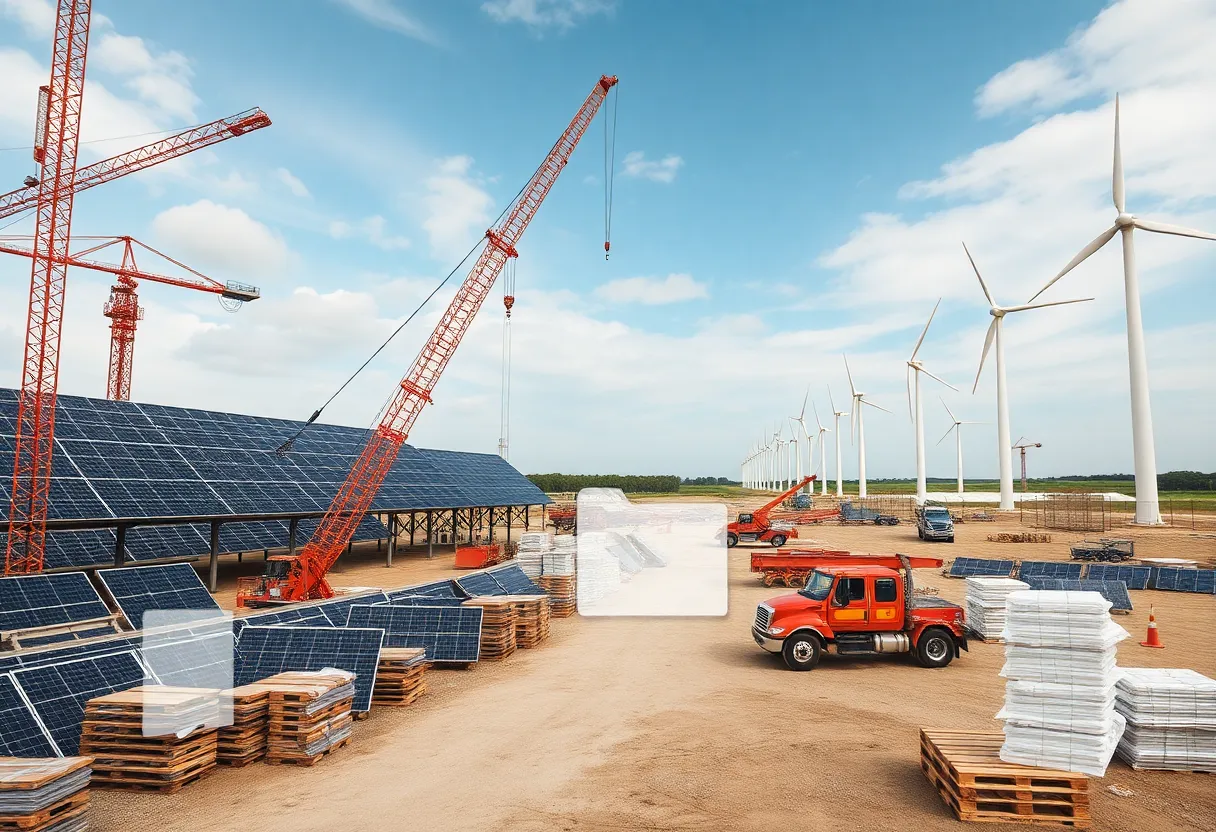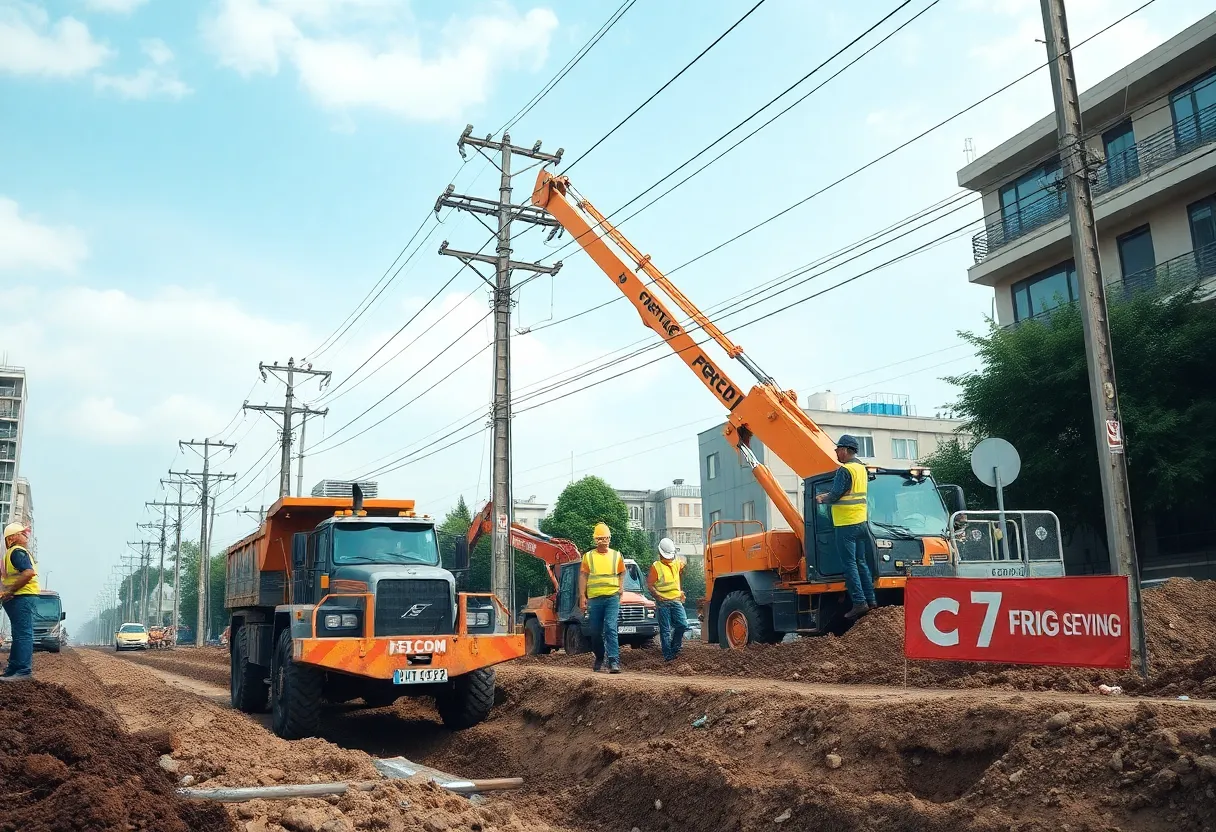United States, August 15, 2025
News Summary
Crayhill Capital has introduced a Tax Equity Bridge Lending programme offering facilities from $50 million to $500 million to help U.S. renewable developers meet tightened federal tax-credit qualification rules. The product pairs short-term bridge loans against anticipated tax-equity commitments with pre-construction and construction financing, preferred-equity step-up support, and equipment procurement assistance. Designed to accelerate meaningful construction activity while permanent tax-equity and construction financing are finalized, the programme aims to bridge timing gaps caused by stricter documentation and construction tests and to help developers secure long-lead components and close construction financing more quickly.
Crayhill Capital launches Tax Equity Bridge Lending programme to help U.S. renewables meet 2026–2027 tax-credit deadlines
New lending facility sized from $50m to $500m aims to give developers fast capital to start substantial work and secure federal tax credits
What happened: An asset-based finance firm has rolled out a new Tax Equity Bridge Lending (TEBL) programme to support solar, wind and battery developers in the United States as projects race to meet tightened federal tax-credit deadlines. The programme pairs bridge loans tied to future tax equity with development and construction financing to help projects move from planning to hard work on the ground.
Why it matters: Under current U.S. rules, projects must begin construction by 4 July 2026 or be placed in service by 31 December 2027 to qualify for investment tax credits (ITC) or production tax credits (PTC). Policymakers and regulators have signalled that the test for having “begun construction” may soon require a substantial portion of work to be completed rather than counting only early, preliminary activities. That change raises urgency for developers that must now prove real physical progress to lock in credits.
Key offer: The programme offers facilities between $50 million and $500 million sized to support pre-construction and construction phases. It combines several forms of capital: pre-construction development loans, construction equity, and a preferred equity component designed to step up across the construction timeline. Lenders will advance funds against future tax equity commitments and can also assist with procurement of critical equipment.
How it helps developers: The structure is intended to let developers start substantial construction activities immediately, creating a clear path to close long-term construction financing and to monetize (convert into cash) tax credits once those credits are available. The combined financing reduces the need for multiple capital partners and aims to speed decision-making during an unusually compressed development window.
Context and pressures: Industry participants face a rare convergence of forces: rapid growth in electricity demand driven by new technologies and artificial intelligence, plus a shifting regulatory test for tax-credit eligibility. Those factors together create what the firm describes as unprecedented timeline pressure on the renewable development pipeline. Developers that cannot demonstrate required progress risk losing billions in potential tax incentives.
Firm experience and capacity: The firm behind the programme has been active in asset-based finance since 2015 and reports deploying more than $4 billion across more than 50 transactions. Its most recent flagship fund closed with roughly $1.31 billion of commitments, exceeding an original target of $1 billion and including roughly $162 million of co-investment capacity. The manager is structured as a partner-owned investment adviser and operates with an asset-based finance platform that supports renewable energy lending and risk management.
Prior activity: The lender has a track record of multi-hundred-million-dollar commitments to developers in earlier partnerships that supported project advancement into construction and storage co-located with PV arrays. Those transactions helped grow developer pipelines measured in gigawatts of solar and battery capacity, reinforcing the manager’s role as a flexible capital provider in the sector.
Additional features: Beyond financing, the TEBL product offers support for equipment procurement — a critical function as supply chain timing becomes a gating item for meeting construction milestones. The programme is part of a broader push by the firm to expand pre-construction lending options that give developers both speed and certainty.
Bottom line: The new bridge product targets the urgent need for capital that lets renewable projects demonstrate real physical progress before mid-2026, while also lining up construction funding and tax-credit monetization. For developers facing tighter definitions of what counts as “beginning construction,” the offering aims to reduce execution risk and help projects stay eligible for valuable federal incentives.
FAQ
What is Tax Equity Bridge Lending (TEBL)?
TEBL is a short- to medium-term financing product that advances funds against expected tax equity commitments. It fills the gap between pre-construction needs and long-term tax equity or construction financing, allowing developers to start substantial construction while they finalize long-term partners.
Who can use this programme?
Solar, wind and battery project developers in the United States who need pre-construction capital, construction equity, or assistance with equipment procurement may be eligible. Facilities are sized to support projects requiring between $50 million and $500 million.
How does this relate to tax-credit deadlines?
The product is designed to help projects meet federal rules that require construction to begin by 4 July 2026 or to be placed in service by 31 December 2027 to qualify for ITC/PTC. It also addresses potential regulatory changes that tighten what counts as having begun construction.
Does the financing include equipment support?
Yes. The offering includes procurement assistance for critical equipment, which can be key to meeting construction milestones on time.
What are the main risks for developers?
Major risks include regulatory changes that alter eligibility tests, equipment delays, construction cost inflation, and the need to convert bridge financing into longer-term tax equity or construction loans on acceptable terms.
Key features at a glance
| Feature | Detail |
|---|---|
| Facility size | $50m–$500m |
| Target projects | Solar, wind and battery pre-construction and construction |
| Capital types | Pre-construction loans, construction equity, preferred equity step-up |
| Purpose | Allow immediate substantial construction and monetise future tax credits |
| Equipment support | Procurement assistance for critical components |
| Regulatory driver | Need to meet begin construction by 4 July 2026 or placed in service by 31 December 2027 |
| Track record (firm) | More than $4bn deployed across 50+ transactions since 2015 |
Deeper Dive: News & Info About This Topic
Additional Resources
- Alternative Credit Investor: Crayhill Capital launches finance solution for US green energy projects
- Wikipedia: Tax Equity Bridge Lending
- IREI: Crayhill Capital Management closes third flagship fund with more than $1.3B
- Google Search: Crayhill Capital Management third flagship fund 1.31 billion
- PR Newswire: Crayhill provides $200M secured receivables financing facility to Stenn Technologies
- Google Scholar: Crayhill Stenn receivables financing 200 million
- PR Newswire: Urban Grid closes $275M debt refinance provided by Crayhill Capital Management
- Encyclopedia Britannica: Urban Grid debt refinance Crayhill
- ION Analytics / Mergermarket: Carlos Mendez on trends in SRT
- Google News: Carlos Mendez Crayhill SRT synthetic risk transfer
Author: Construction NY News
The NEW YORK STAFF WRITER represents the experienced team at constructionnynews.com, your go-to source for actionable local news and information in New York and beyond. Specializing in "news you can use," we cover essential topics like product reviews for personal and business needs, local business directories, politics, real estate trends, neighborhood insights, and state news affecting the area—with deep expertise drawn from years of dedicated reporting and strong community input, including local press releases and business updates. We deliver top reporting on high-value events such as the New York Build Expo, infrastructure breakthroughs, and cutting-edge construction technology showcases. Our coverage extends to key organizations like the Associated General Contractors of New York State and the Building Trades Employers' Association, plus leading businesses in construction and real estate that power the local economy such as Turner Construction Company and CMiC Global. As part of the broader network, including constructioncanews.com, constructiontxnews.com, and constructionflnews.com, we provide comprehensive, credible insights into the dynamic construction landscape across multiple states.





